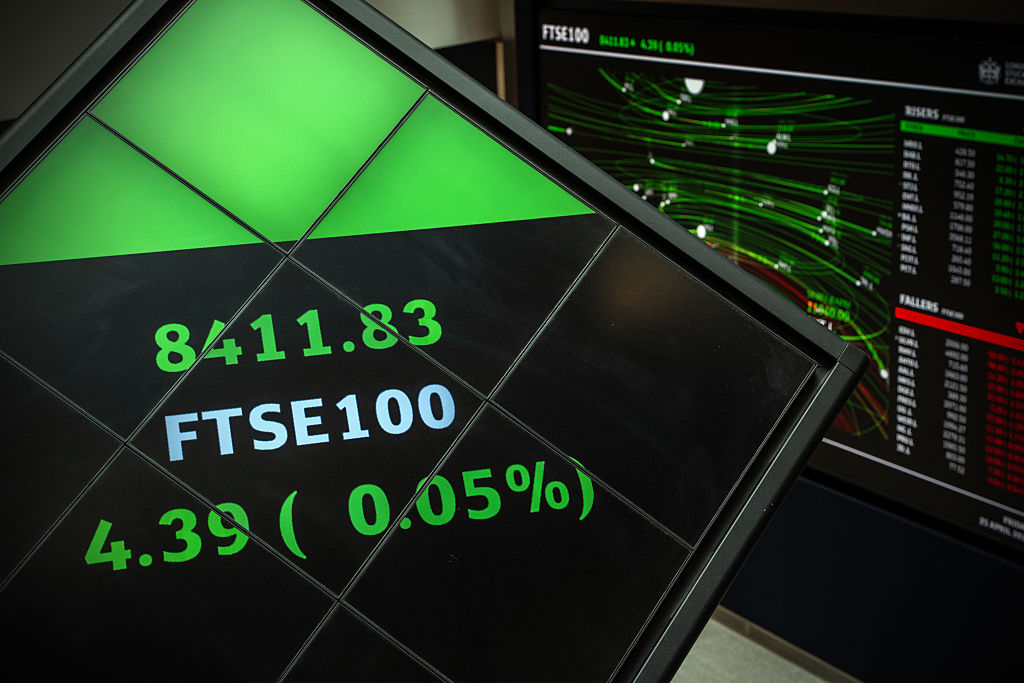Pound cost averaging
Pound cost averaging is when you drip feed money into shares or units on a regular basis rather than committing a single larger lump sum.
Pound cost averaging – also known as drip feeding – is no exception. It simply means investing a sum of money into the market at regular intervals rather than in one go. So if you have £1,200 to invest this year, you might invest £100 per month. If you have £12,000, you invest £1,000 per month. The advantage of investing this way is that it may reduce the risk (and pain) of buying just before the market drops.
If you put all your money in UK shares this month and the FTSE 100 drops steadily over the next year to end up down 30%, your portfolio is also down 30%. If you invest equal amounts monthly, you are buying at a lower price each time and reducing your average cost. Your portfolio may end the year down by around 15% rather than 30%, which may make it easier to hold your nerve and wait for the recovery.
Obviously, if markets rise rather than fall over the time that you are averaging your investments, you will make smaller profits than you would if you invested a lump sum at the start. Critics point out that most major markets have risen substantially in the past few decades, so studies show that consistently following a pound cost averaging strategy has not delivered the best long-term returns. It might do better than lump-sum investing if the market declined steadily over the long term, but the best outcome in that case would be not to invest at all.
MoneyWeek
Subscribe to MoneyWeek today and get your first six magazine issues absolutely FREE

Sign up to Money Morning
Don't miss the latest investment and personal finances news, market analysis, plus money-saving tips with our free twice-daily newsletter
Don't miss the latest investment and personal finances news, market analysis, plus money-saving tips with our free twice-daily newsletter
However, the behavioural benefits of pound cost averaging mean it can be useful, especially during a crisis. Whether it ultimately produces better returns than investing a lump sum will depend on if you begin closer to the start or end of the crisis, but a disciplined approach to investing small amounts can help overcome the inertia and fear that might stop you entering the market at all until the best of the recovery is over.
Get the latest financial news, insights and expert analysis from our award-winning MoneyWeek team, to help you understand what really matters when it comes to your finances.
MoneyWeek is written by a team of experienced and award-winning journalists, plus expert columnists. As well as daily digital news and features, MoneyWeek also publishes a weekly magazine, covering investing and personal finance. From share tips, pensions, gold to practical investment tips - we provide a round-up to help you make money and keep it.
-
 Electric vehicle drivers to be charged new per mile tax
Electric vehicle drivers to be charged new per mile taxElectric vehicle drivers will be forced to pay a 3p per mile tax, as taxation will be brought closer in line with petrol and diesel cars
-
 What does the Budget mean for the UK stock market?
What does the Budget mean for the UK stock market?Stamp duty holidays were set against tax relief cuts in Rachel Reeves’s second Budget. We assess the new measures that could impact UK stocks.

